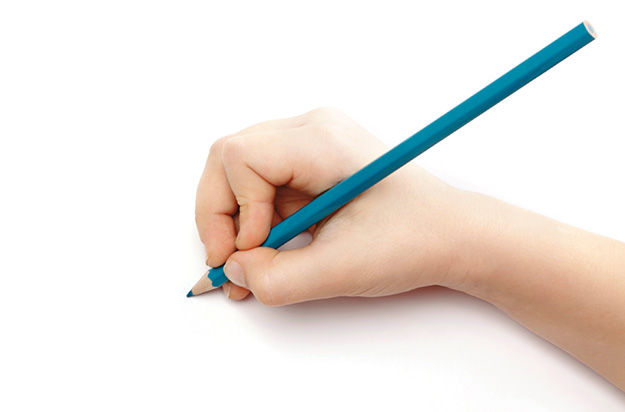Epistolary
Power of the Pencil
Children who handwrite letters to family members can improve their literacy skills

In the age of email and text messages, handwritten letters can feel like a dated throwback. But education Assistant Professor Kathryn Pole has found that children who take the time to write letters to family members improve their literacy skills and develop stronger connections with those relatives.
Dr. Pole tracked 22 public-school kindergarten students over the course of one school year, monitoring their progress as they wrote and exchanged letters with extended family members like grandparents, aunts, and uncles.
At the beginning of the year, the 5- and 6-year-olds regularly used short, predictable statements, but by the third exchange, the children were planning in advance what they were going to write in their letters.
At the end of the year, the letters were longer, featured more than one idea, and provided context for their family histories. The results of the study were published in The Reading Teacher, a journal of the International Literacy Association.
Pole says her research demonstrates that when children have an audience and a reason for writing, the quality of their work—including spelling and legibility—improves. She is planning follow-up studies to see if the correspondence project is replicable in different sites and contexts.
"Research like this is invaluable as it takes into consideration the very people who help to shape a 5- or 6-year-old child's early academic and life lessons—school educators and family members," says State Rep. Helen Giddings (D-DeSoto). "Learning to read and write at such a young level is vital to the long-term educational outcomes for our state and nation."

















